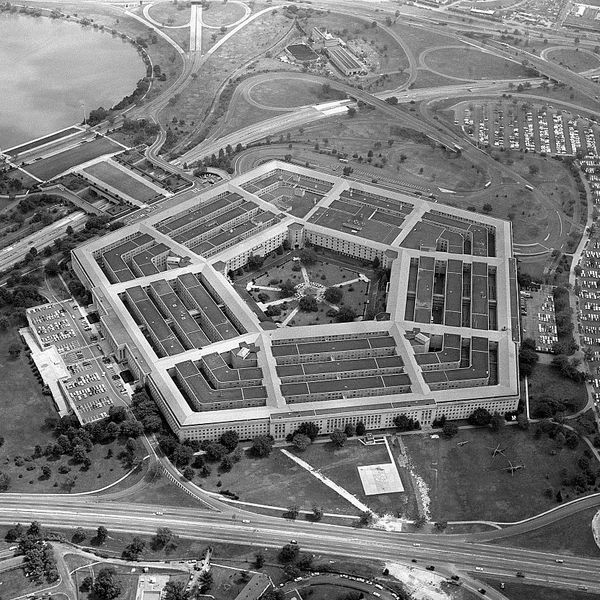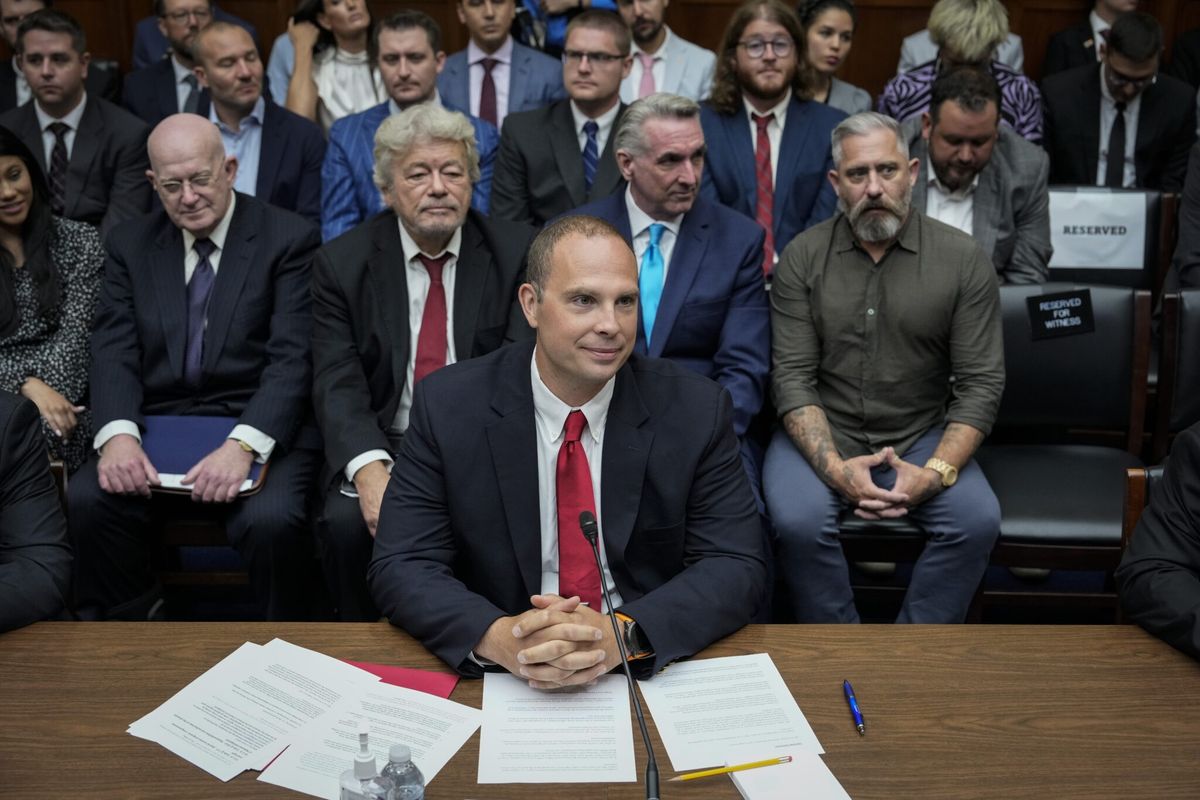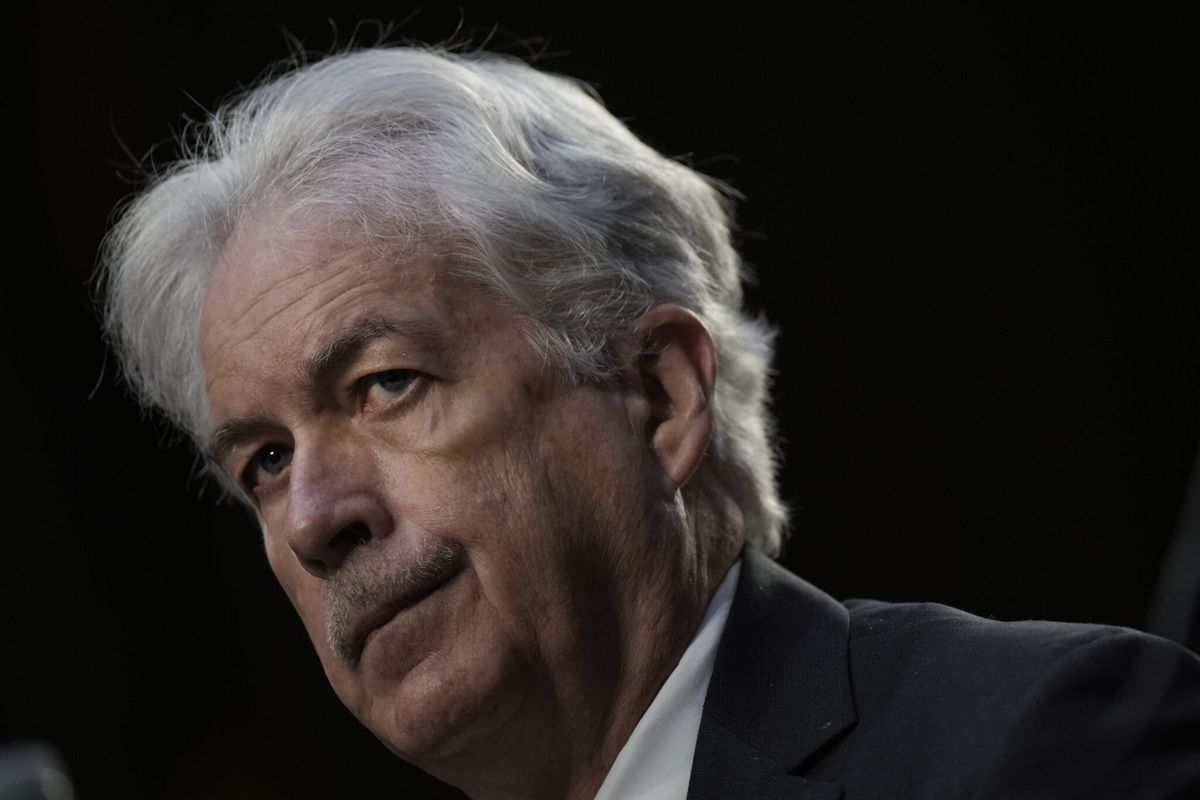OPINION — “The Air Force we have employed for the last 20 or 30 years is not the Air Force we need to succeed in the environment we are facing today … We have to balance how much we are investing in meeting the requirements of today while also preparing for what may come upon us in the future.”
That was Lt. Gen. James C. Slife, Deputy Air Force Chief of Staff for Operations during a February interview with the Dean of the Mitchell Institute for Aerospace Studies Lt. Gen. David A. Deptula, USAF (Ret.).
Slife went on to say “the Air Force is involved in major modernizations with fighters, bombers, and tankers and trainers and more. But we’re not just acquiring new replacements for all these systems, we’re looking at entirely new ways of achieving mission results — collaborative combat aircraft.”
I refer back to Slife’s remarks because they prepared me for last Tuesday’s Air Force testimony before the Senate Armed Services Committee on the fiscal 2024 budget when Air Force Secretary Frank Kendall III, in his prepared statement with Air Force Chief of Staff Gen. Charles Q. Brown Jr., said something very similar.
“For over 75 years,” they said, “the Air Force has dominated opponents in the air…the family-of-systems needed to sustain our dominance in the air … is the Next Generation Air Dominance (NGAD) platform, but this platform [a fighter aircraft] will be too expensive to be purchased in large numbers. The fiscal 2024 budget enhances funding to field un-crewed Collaborative Combat Aircraft (CCA) to complement the NGAD [a future sixth generation fighter aircraft], F-35 [the costly, present fifth generation fighter], and possibly other current and new crewed platforms.”
The goal for CCAs, Kendall has said, will be to cost “some fraction” of the cost of an F-35. “We’re going to design around that,” he said. In another interview, Kendall said, “One way to think of CCAs is as remotely controlled versions of the targeting pods, electronic warfare pods or weapons now carried under the wings of our crewed aircraft.”
It pays to be a Subscriber+Member with exclusive access to virtual briefings with leading experts and top officials in the national security and intelligence space.
One reason for the new thinking, Kendall told the committee, is that the missions for the fighter aircraft platforms are expanding. “The mix is changing over time and as war becomes more about information domination than it does necessarily about kinetic power, we need things like ISR [intelligence, surveillance and reconnaissance], and cyber and electronic warfare so we’re trying to move toward that world and get that mix right.”
The CCA the Air Force has in mind would have “a common chassis, a common airframe” with modular mission equipment “optimized against the threat that you expect to face,” Kendall told reporters after his March 15 speech at the annual McAleese defense conference.
“A reasonable way to think about it is an airframe with different payloads that can be swapped out, depending on the mission,” he explained.
Last week’s Kendall/Brown statement said, “CCA inventory goals have not been established, but for planning purposes, we are assuming an initial inventory of 1,000 CCAs, with nominally two CCAs paired with each NGAD aircraft, and a portion of the F-35 inventory.”
The Air Force fiscal 2024 budget, now before Congress, requests $392 million for competitive
concept refinement, design, and development of a first-generation CCA and another $119 million for development of other possible platforms as well as ways to operate, maintain and sustain these novel platforms.
For example, the Air Force is seeking $50 million in the fiscal 2024 budget for the Viper Experimentation and Next-gen Operations Model project. In justification documents, the Air Force said this will “serve as a flying autonomy testbed” for the CCA program by testing of autonomy on a crewed aircraft to serve as early risk reduction for CCA autonomy.
It's not just for the President anymore. Are you getting your daily national security briefing? Subscriber+Members have exclusive access to the Open Source Collection Daily Brief, keeping you up to date on global events impacting national security. It pays to be a Subscriber+Member.
The idea of unmanned loyal wingmen has been in the works for a long time. Project Skyborg, for example, has been an effort to develop software, hardware, user interfaces and other aspects of the future CCA force that would be employed alongside manned jets.
Through Skyborg, military pilots would receive situation awareness information that detects potential air and ground threats, determines threat proximity, analyzes imminent danger, and identifies suitable options for striking or evading enemy aircraft.
As currently imagined, the first step would involve each manned aircraft being assigned one CCA, with their number increased further if the concept is proven, Kendall said at the 2023 Air & Space Forces Warfare Symposium on March 7. At that event, Air Force Air Combat Commander Gen. Mark D. Kelly said, “I can easily see one platform controlling one CCA doing one mission, whether it be sensing or jamming or something like that…A second drone capable of performing a different mission would then be added to the system.”
Meanwhile, as a halfway step to the future, the Air Force plans to spend $2.9 billion in fiscal 2024 by purchasing more upgraded F-15EXs, which will have sensors like the Early Passive Active Warning Survivability System. That will allow the F-15E/EX to survive in high threat environments by countering infrared threat systems with electronic countermeasures (jamming), chaff, and/or flares.
To help the Air Force pay for developing the new platforms and modernizing the latest F-15s, the plan over the next five years, Kendall told the committee, is to reduce by 14 percent the total number of aircraft from 5,100 to 4,400 by 2028, most of them fighter planes.
“The problem we have is the oldest fourth generation fighters are just not capable against the threat,” Kendall said, “and they go up against fifth generation aircraft they do not do well at all. We’ve done a lot of exercises to demonstrate that.”
The Air Force in the fiscal 2024 budget plans to retire 310 older aircraft to save money for next generation investment. Among the legacy systems planned for retirement are 42 A-10s (a 40-year-old close air support aircraft), 57 F-15C/Ds (an all-weather, tactical fighter), and some 20 F-22s (an all-weather, stealth tactical fighter) which the service said are not combat certified.
Last year, the Air Force sought to mothball 150 aircraft, including A-10s, F-22s and F-15s, E-3s (an airborne warning and control aircraft) and KC-46s (a tanker), but Congress pared back the request and prohibited divestment of the F-22s and F-15s.
Kendall told the Senators that “the recapitalization of the fighter fleet…is one thing, but part of a much deeper, richer fabric of things we are trying to do. We also have the Space Force which introduces a whole new set of capabilities as well – and in some cases space capabilities will be taking over some of the traditionally air capabilities that we have such as communications and surveillance for example. So that’s the picture we are dealing with and we’re trying to get to the new capabilities that we’ll want to field in greater numbers in the future as quickly as we can. That’s the priority for us as we sustain a reasonable sized current fleet.”
I cannot write about the Air Force and the future without mentioning troublesome issues related to the F-35, its fifth generation fighter, and the service’s most costly weapons systems to date.
Hours after Kendall’s testimony last Tuesday, Diana Maurer, Director of Defense Capabilities and Management of the Government Accountability Office (GAO), laid out problems in operating and sustaining the F-35 before the Senate Armed Services Subcommittee on Readiness.
Maurer first pointed out, “The F-35 is DOD’s most ambitious and costly weapon system in history. Current DOD plans call for procuring 2,470 F-35s at an estimated total acquisition cost of just under $400 billion, leaving the majority of the estimated program costs, approximately $1.3 trillion, associated with sustainment of the aircraft.”
She then noted that over the past few years, the GAO had found “two key challenges—spare parts availability and maintenance—have resulted in the F-35 program not being able to meet its performance targets. While some improvements have been made, these challenges continue to prevent the program from meeting its minimum-performance targets, much less its performance
objectives.”
For example, according to the GAO, in 2021, the Air Force F-35A fleet was only 50 percent fully mission capable; the Marine Corps F-35B 19.5 percent; and Navy F-35C 9 percent. Meanwhile, as the fiscal 2024 budget shows, there are funds to upgrade F-35 hardware and
software to provide more robust performance in navigation, weapons, avionics, survivability, maneuverability, and maintainability. There are also funds to update early production aircraft and initial integrated systems so that there is a common fleet configuration in deployed F-35 aircraft.
There are other types of F-35 issues that will also come with the future’s sixth generation NGAD – training of pilots.
As Deputy Air Force Chief of Staff for Operations Lt. Gen. Slife put it last February, “Flying the platform is not the hard part. Increasingly with fifth generation aircraft it’s the employment of the mission systems, the integration of the sensors that becomes the more challenging part of that.”
It’s a new world, not only on the ground, but also in the sky.
The Cipher Brief is committed to publishing a range of perspectives on national security issues submitted by deeply experienced national security professionals.
Opinions expressed are those of the author and do not represent the views or opinions of The Cipher Brief.
Have a perspective to share based on your experience in the national security field? Send it to Editor@thecipherbrief.com for publication consideration.
Read more expert-driven national security insights, perspectives and analysis in The Cipher Brief because National Security is Everyone’s Business.













